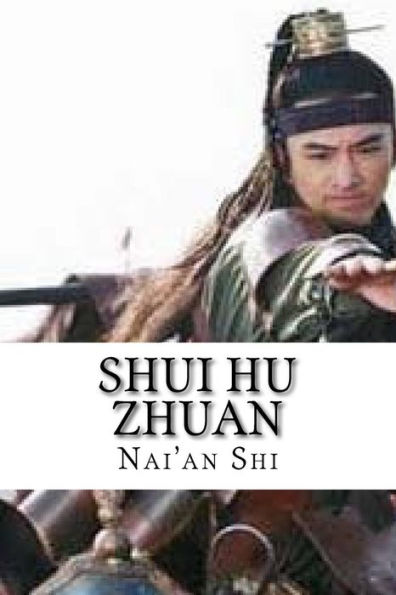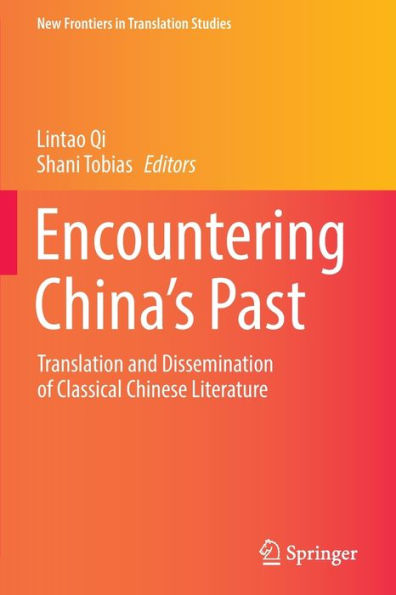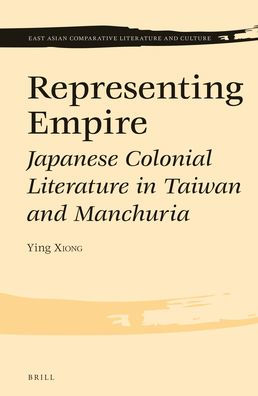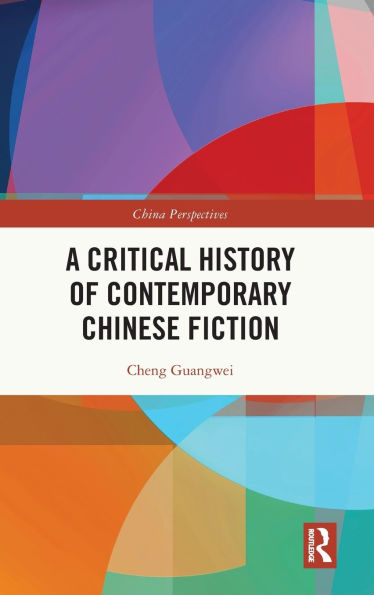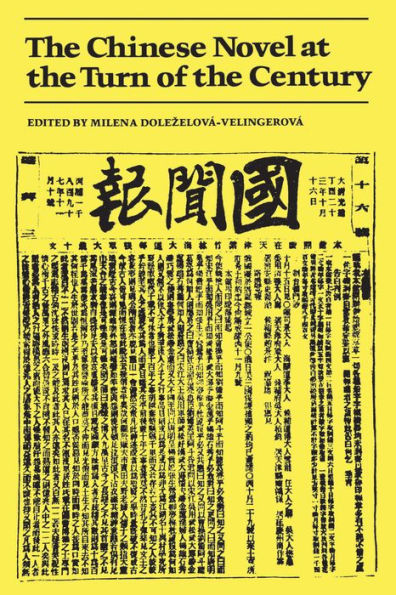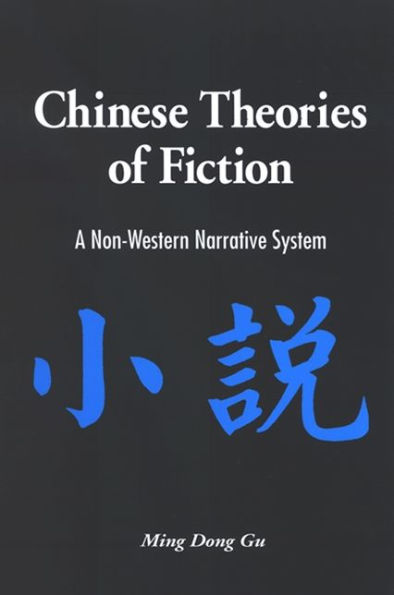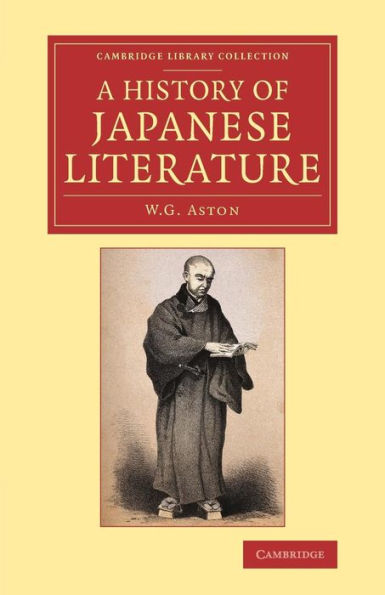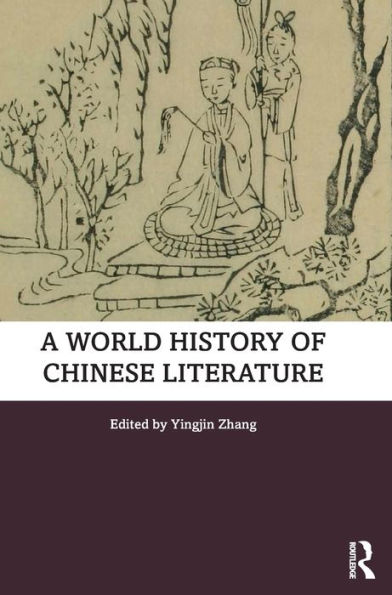Home
the Japanese Discovery of Chinese Fiction: Water Margin and Making a National Canon
Barnes and Noble
Loading Inventory...
the Japanese Discovery of Chinese Fiction: Water Margin and Making a National Canon in Bloomington, MN
Current price: $65.00

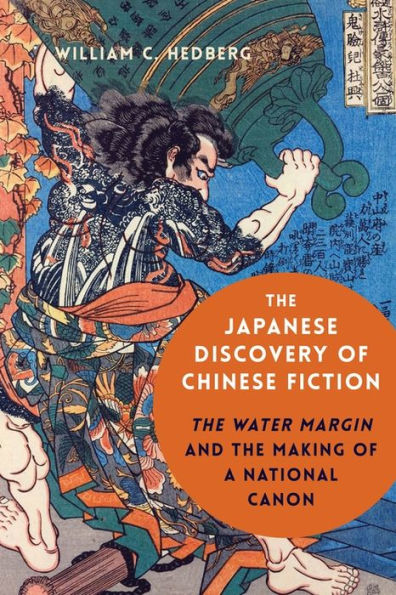
the Japanese Discovery of Chinese Fiction: Water Margin and Making a National Canon in Bloomington, MN
Current price: $65.00
Loading Inventory...
Size: Hardcover
The classic Chinese novel
The Water Margin
(
Shuihu zhuan
) tells the story of a band of outlaws in twelfth-century China and their insurrection against the corrupt imperial court. Imported into Japan in the early seventeenth century, it became a ubiquitous source of inspiration for translations, adaptations, parodies, and illustrated woodblock prints. There is no work of Chinese fiction more important to both the development of early modern Japanese literature and the Japanese imagination of China than
.
In
The Japanese Discovery of Chinese Fiction
, William C. Hedberg investigates the reception of
in a variety of early modern and modern Japanese contexts, from eighteenth-century Confucian scholarship and literary exegesis to early twentieth-century colonial ethnography. He examines the ways Japanese interest in Chinese texts contributed to new ideas about literary canons and national character. By constructing an account of Japanese literature through the lens of
’s literary afterlives, Hedberg offers an alternative history of East Asian textual culture: one that focuses on the transregional dimensions of Japanese literary history and helps us rethink the definition and boundaries of Japanese literature itself.
The Water Margin
(
Shuihu zhuan
) tells the story of a band of outlaws in twelfth-century China and their insurrection against the corrupt imperial court. Imported into Japan in the early seventeenth century, it became a ubiquitous source of inspiration for translations, adaptations, parodies, and illustrated woodblock prints. There is no work of Chinese fiction more important to both the development of early modern Japanese literature and the Japanese imagination of China than
.
In
The Japanese Discovery of Chinese Fiction
, William C. Hedberg investigates the reception of
in a variety of early modern and modern Japanese contexts, from eighteenth-century Confucian scholarship and literary exegesis to early twentieth-century colonial ethnography. He examines the ways Japanese interest in Chinese texts contributed to new ideas about literary canons and national character. By constructing an account of Japanese literature through the lens of
’s literary afterlives, Hedberg offers an alternative history of East Asian textual culture: one that focuses on the transregional dimensions of Japanese literary history and helps us rethink the definition and boundaries of Japanese literature itself.
The classic Chinese novel
The Water Margin
(
Shuihu zhuan
) tells the story of a band of outlaws in twelfth-century China and their insurrection against the corrupt imperial court. Imported into Japan in the early seventeenth century, it became a ubiquitous source of inspiration for translations, adaptations, parodies, and illustrated woodblock prints. There is no work of Chinese fiction more important to both the development of early modern Japanese literature and the Japanese imagination of China than
.
In
The Japanese Discovery of Chinese Fiction
, William C. Hedberg investigates the reception of
in a variety of early modern and modern Japanese contexts, from eighteenth-century Confucian scholarship and literary exegesis to early twentieth-century colonial ethnography. He examines the ways Japanese interest in Chinese texts contributed to new ideas about literary canons and national character. By constructing an account of Japanese literature through the lens of
’s literary afterlives, Hedberg offers an alternative history of East Asian textual culture: one that focuses on the transregional dimensions of Japanese literary history and helps us rethink the definition and boundaries of Japanese literature itself.
The Water Margin
(
Shuihu zhuan
) tells the story of a band of outlaws in twelfth-century China and their insurrection against the corrupt imperial court. Imported into Japan in the early seventeenth century, it became a ubiquitous source of inspiration for translations, adaptations, parodies, and illustrated woodblock prints. There is no work of Chinese fiction more important to both the development of early modern Japanese literature and the Japanese imagination of China than
.
In
The Japanese Discovery of Chinese Fiction
, William C. Hedberg investigates the reception of
in a variety of early modern and modern Japanese contexts, from eighteenth-century Confucian scholarship and literary exegesis to early twentieth-century colonial ethnography. He examines the ways Japanese interest in Chinese texts contributed to new ideas about literary canons and national character. By constructing an account of Japanese literature through the lens of
’s literary afterlives, Hedberg offers an alternative history of East Asian textual culture: one that focuses on the transregional dimensions of Japanese literary history and helps us rethink the definition and boundaries of Japanese literature itself.



